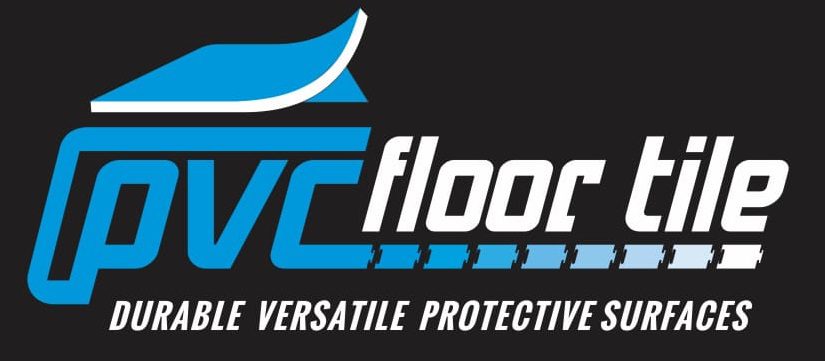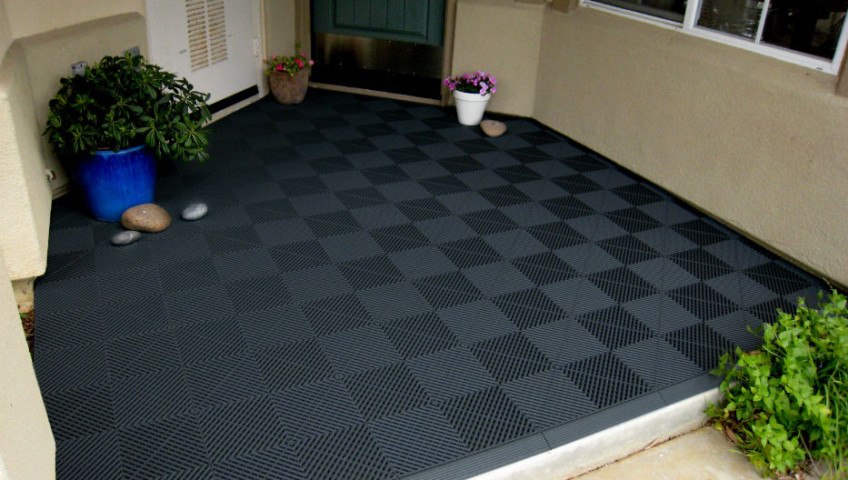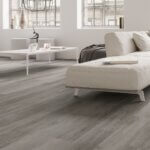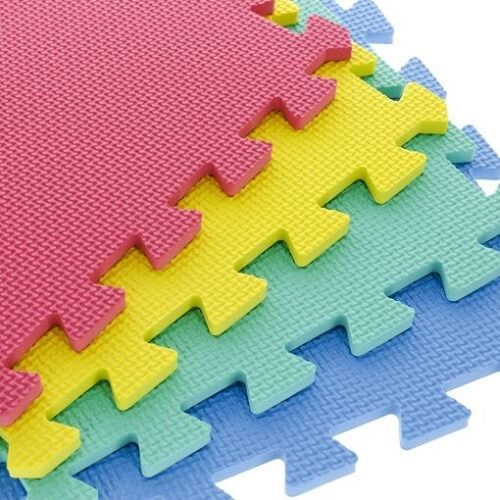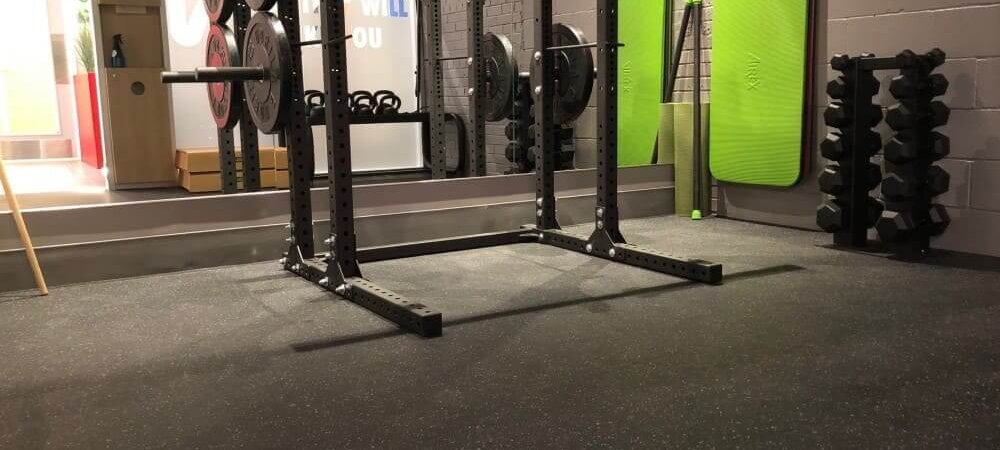
Gym mats are an essential component of any fitness facility. They provide a comfortable and safe surface for exercises and protect both the users and the gym equipment. However, to ensure the longevity and hygiene of gym mats, proper maintenance and cleaning are crucial.
Tips to Keep your Gym Mats in Top Condition
1. Regular Sweeping and Vacuuming:
Regularly sweep or vacuum the gym mats to remove loose dirt, dust, and debris. This will prevent the accumulation of dirt and keep the mats clean.
2. Spot Cleaning:
For immediate spills or stains, spot clean the affected area using a mild detergent or a gym mat cleaning solution. Gently scrub the stain with a soft brush or cloth and rinse thoroughly. Avoid using harsh chemicals or abrasive cleaning tools that can damage the mats.
3. Deep Cleaning:
Perform a deep cleaning of the gym mats at least once a month, or more frequently if they are heavily used. Depending on the type of mats, you can either machine wash them or use a pressure washer. Follow the manufacturer’s instructions for washing and drying to prevent damage.
4. Disinfecting:
Regularly disinfecting gym mats is essential to maintain hygiene and prevent the spread of bacteria and viruses. Use a gym mat disinfectant spray or a mixture of water and vinegar to sanitize the mats. Allow the disinfectant to sit for a few minutes before wiping it off or letting it air dry.
5. Drying:
Properly drying the gym mats after cleaning is crucial to prevent the growth of mold and mildew. Hang or lay the mats in a well-ventilated area to air dry completely before placing them back in the gym. Avoid folding or storing the mats when they are still damp.
6. Rotation:
To ensure even wear and tear, regularly rotate the gym mats. This will distribute the pressure and extend the lifespan of the mats. Additionally, rotating the mats allows you to clean and maintain the underlying floor, preventing the accumulation of dirt and moisture.
7. Regular Inspections:
Regularly inspect the gym mats for any signs of damage, such as tears, cracks, or loose edges. Repair or replace damaged mats promptly to avoid accidents and maintain a safe exercise environment.
8. Educate Users:
Educate gym members and staff about the importance of proper mat maintenance and cleanliness. Encourage them to use towels and clean footwear on the mats, and to report any spills or damages immediately.
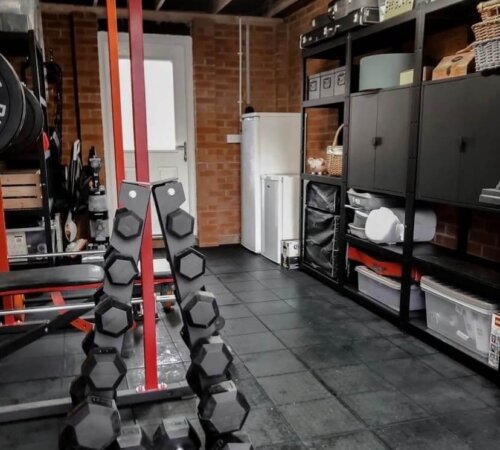
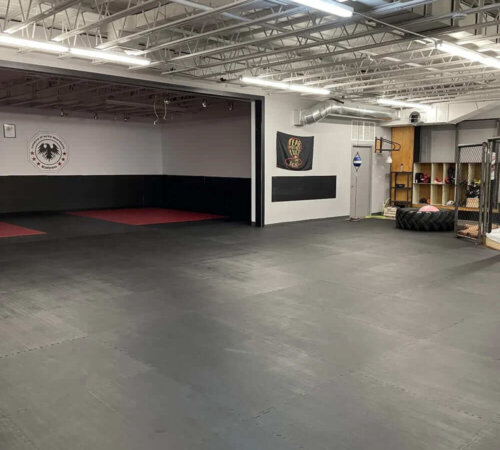
FAQs on Maintaining Your Gym Mats
Can You Use Bleach on Rubber Flooring?
Cleaning your gym’s rubber flooring requires a gentle touch. While it’s tempting to go all-in with bleach for that deep clean, it’s best to play it safe. Mix a cup of bleach with a gallon of water. This diluted solution is perfect for disinfecting your rubber floors without the risk of damage, keeping them pristine and germ-free.
Is Vinegar Safe for Rubber Flooring?
Vinegar, with its natural cleaning powers, can be a rubber floor’s friend or foe. To avoid any mishaps, always dilute your vinegar. Mix a cup of white vinegar with a gallon of water. This balanced solution cleans effectively, tackling grime without harming the rubber’s integrity.
What Cleaners to Avoid?
When it comes to rubber flooring, not all cleaners are created equal. Avoid harsh solvents like Pine-Sol, Lysol, and WD-40, which can degrade your gym mats over time. Stick to gentler, water-based cleaning solutions to keep your floors in top shape like our pvcocity cleaner.
How to Add Shine to Rubber Flooring?
For that extra sparkle on your gym floors, start with a thorough clean. Once dry, apply a rubber floor finish and sealer with a sponge mop. Layer it up—up to four coats for that glossy finish, allowing each layer to dry completely before the next application.
Sealing Rubber Flooring for Extra Protection
To extend the life of your rubber flooring, sealing is key. Apply a commercial rubber floor sealer evenly using a sponge mop. Allow each coat to dry naturally. For the best results, avoid heavy machinery during this process to prevent any marks or damage.
Effective Mopping Techniques
Choose the right mop—nylon, microfiber, or sponge is best. Keep your rubber tiles safe from water damage by avoiding excessive wetting. Regularly change your water to keep it clean, ensuring a spotless floor.
Preparing Your Floor for Cleaning
Start by clearing any dirt and debris with a soft-bristled broom or a vacuum without a beater bar. This prepares your rubber flooring for a more thorough cleaning, ensuring no scratches or damage.
Choosing the Best Cleaners
Whether store-bought or homemade, the best cleaner for your rubber gym floor depends on your needs. Store-bought cleaners are convenient and specially formulated, while homemade cleaners offer control over ingredients, perfect for those preferring natural options.
Essential Tools and Materials for Cleaning
You’ll need a vacuum or broom, a suitable mop, a bucket, and a gentle, non-acidic cleaner. For deeper cleans, a buffing machine can be a game-changer, especially in commercial settings.
Quick Cleaning Guide
- Remove Dust and Debris: Use a high-suction vacuum or a soft broom.
- Target Stains: Tackle specific areas with a soft brush and suitable cleaner.
- Mop Thoroughly: Use a gentle mop and avoid over-wetting.
- Let It Dry: Allow the floor to air dry completely to avoid any streaks.
#HealthyLiving #CleanGym #SustainableCleaning #GymMatsSA #RubberFlooringCare #EcoClean
By following these maintenance and cleaning tips, you can ensure the longevity and hygiene of your gym mats. Regular care and attention will not only extend the lifespan of the mats but also provide a clean and safe environment for gym users.
